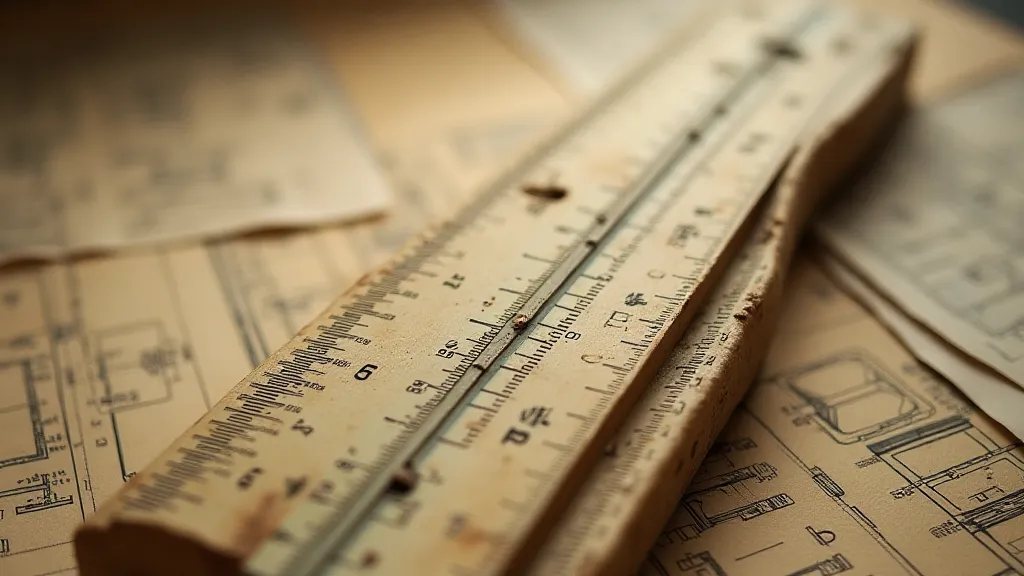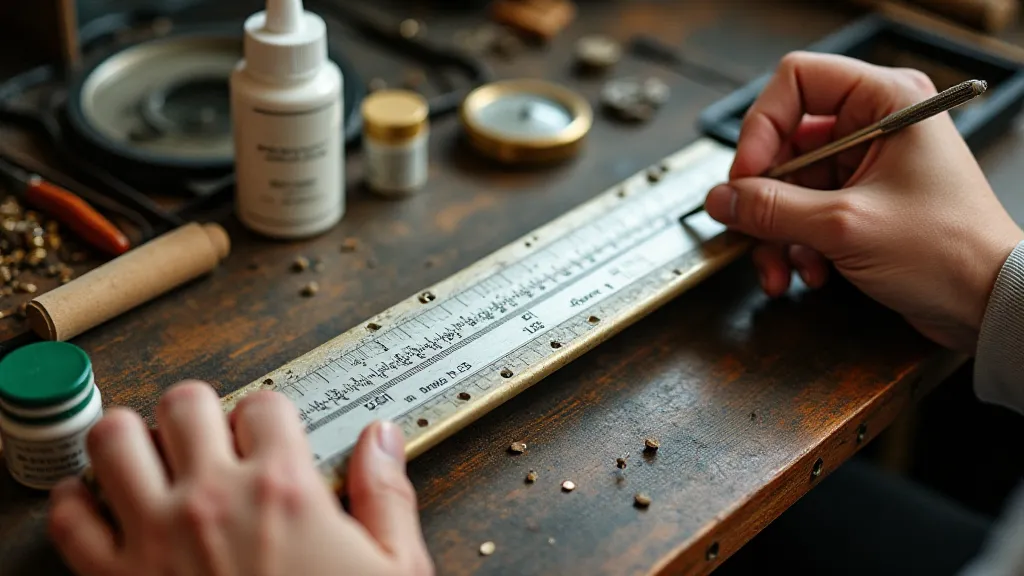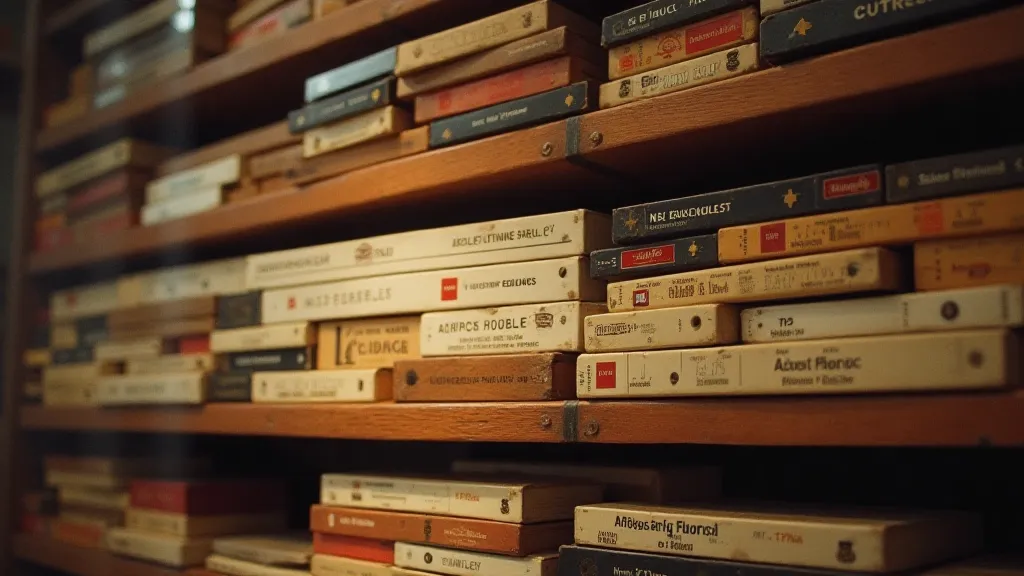The Algorithm of Obsolescence: Why Yesterday’s Tools Still Resonate
There’s a peculiar ache that accompanies the awareness of obsolescence. It’s not simply the sadness of something disappearing, but the recognition of a way of thinking, a skillset, a connection to a past increasingly distant. Few objects embody this feeling more acutely than the slide rule. Once the ubiquitous tool of engineers, scientists, and mathematicians, it now sits largely forgotten, relegated to antique shops and the collections of enthusiasts. But why? What forces conspired to sideline this elegant instrument, and why, despite its apparent redundancy, does it continue to resonate with a certain allure?
I remember the first time I held a slide rule. It was at a flea market, tucked away in a dusty box alongside broken radios and chipped porcelain dolls. The ivory (or, more likely, a convincing substitute) felt cool and smooth in my hand. It wasn’t beautiful in the modern sense – no sleek lines or vibrant colors. It was utilitarian, functional, and marked with the patina of use. My grandfather, a civil engineer who relied on slide rules throughout his career, noticed my interest. He didn't offer an explanation of how it worked, at first. Instead, he simply let me hold it, letting the weight and history speak for themselves. That silent transmission – a lineage of problem-solving and ingenuity – created a deeper connection than any tutorial ever could. The discipline and mental agility fostered by these tools played a significant role in the birth of modern computing, as explored in more detail in The Measure of Ingenuity: Slide Rules and the Birth of Modern Computing.
The Rise and Fall of Analog Computation
The slide rule’s story is intrinsically linked to the dawn of modern engineering. Born from the need for faster and more accurate calculations than were possible with pen and paper, the earliest precursors appeared in the 17th century. The principles of logarithmic scales, allowing multiplication and division to be performed geometrically, were gradually refined, leading to the standardized form we recognize today. Throughout the 19th and 20th centuries, the slide rule was the cornerstone of technical education and professional practice. It fostered a deep understanding of mathematical relationships—a crucial element of becoming an engineer wasn’t just knowing the answer, but grasping *how* you arrived at it. The slide rule enforced that understanding.

The trajectory of its decline is a stark illustration of technological progress. The advent of electronic calculators in the 1960s and 70s initially met with resistance – some engineers considered them crutches, undermining the fundamental skills honed through slide rule use. However, the sheer speed and accuracy of electronic computation proved irresistible. Calculators offered portability, greater precision, and a wider range of functions. The final blow came with the rise of personal computers and software packages capable of handling incredibly complex calculations. Suddenly, the slide rule wasn’t just less convenient; it was, effectively, obsolete.
More Than Just Numbers: A Legacy of Ingenuity
But the slide rule's story isn't simply a tale of obsolescence. It’s a story of human ingenuity, of finding elegant solutions to complex problems with limited resources. Holding a slide rule, even without knowing how to use it, evokes a sense of connection to that era of innovation. The physical embodiment of mathematical concepts—the scales representing logarithmic functions, the cursor revealing the answer—provides a tangible understanding that electronic calculators often obscure. It demanded a level of mental engagement that fostered a deeper comprehension of the underlying principles. You weren't just pressing buttons; you were actively participating in the calculation. The profound connection and sense of flow one can experience while performing these calculations is beautifully described in Brass & Intuition: The Sensory Experience of Precision.
Consider the craftsmanship involved. Early slide rules were often made of exquisite materials like ivory or rosewood, meticulously crafted with incredible precision. Even later, plastic versions demonstrated a commitment to quality and durability. Each marking, each scale, was the result of skilled labor and a dedication to creating a reliable and functional tool. This attention to detail is a stark contrast to the disposable nature of many modern electronics.
The "algorithm" of the slide rule – the sequence of steps required to solve a problem – wasn’t simply a mechanical process. It was a training ground for logical thinking, problem decomposition, and estimation. Engineers who mastered the slide rule developed an intuitive grasp of numerical relationships that served them well throughout their careers, even after they transitioned to electronic tools.
The Poetry of Imperfection and Restoration
The act of restoring a slide rule isn’s purely mechanical. It’s an exercise in appreciating the object's story, its wear patterns revealing a history of use and the lives it touched. The subtle nuances of each imperfection tell a tale of dedication, problem-solving, and the relentless pursuit of understanding. Just as poets find beauty in fractured images and reflections, the beauty of a slide rule lies in its imperfections.
Restoration: Preserving a Connection to the Past
The restoration of vintage slide rules isn’t merely about repairing a broken object; it's about preserving a piece of history, a symbol of a bygone era. While a full restoration—returning a slide rule to precisely its original condition—is a significant undertaking requiring specialized skills and materials, even simple maintenance can extend its lifespan and preserve its character. Cleaning, stabilizing fragile components, and replacing broken cursor mechanisms are all valuable contributions.

The core principle of restoration is to respect the object’s history. Removing all traces of wear and tear, while tempting, would strip it of its authenticity and its story. The scratches, the faded markings, the slight discoloration – these are all testaments to its past use and its connection to the people who relied on it. A truly restored slide rule should feel authentic, a functional artifact of a specific time and place.
Collecting and the Enduring Appeal
Collecting vintage slide rules can be a rewarding hobby, offering a tangible connection to the history of engineering and mathematics. The variety of models, manufacturers, and materials provides endless opportunities for exploration and discovery. Each slide rule tells a story – a story of innovation, craftsmanship, and the enduring human desire to understand the world around us. Many enthusiasts find the detailed construction and nuances of different models particularly fascinating, contributing to a deeper appreciation for the evolution of the tool.

The slide rule may no longer be the primary tool of the engineer, but its legacy endures. It stands as a reminder that true understanding comes not just from obtaining the right answer, but from grasping the “how” and “why” behind it. And in an age of increasingly complex and often opaque technology, the slide rule serves as a powerful symbol of analog ingenuity – a testament to the enduring human capacity to solve problems with elegance, precision, and a deep appreciation for the fundamentals.





